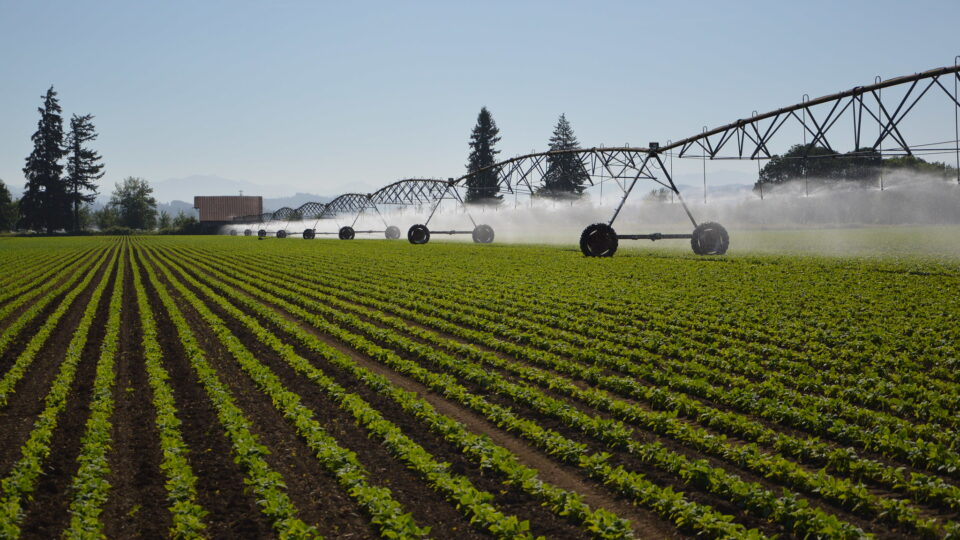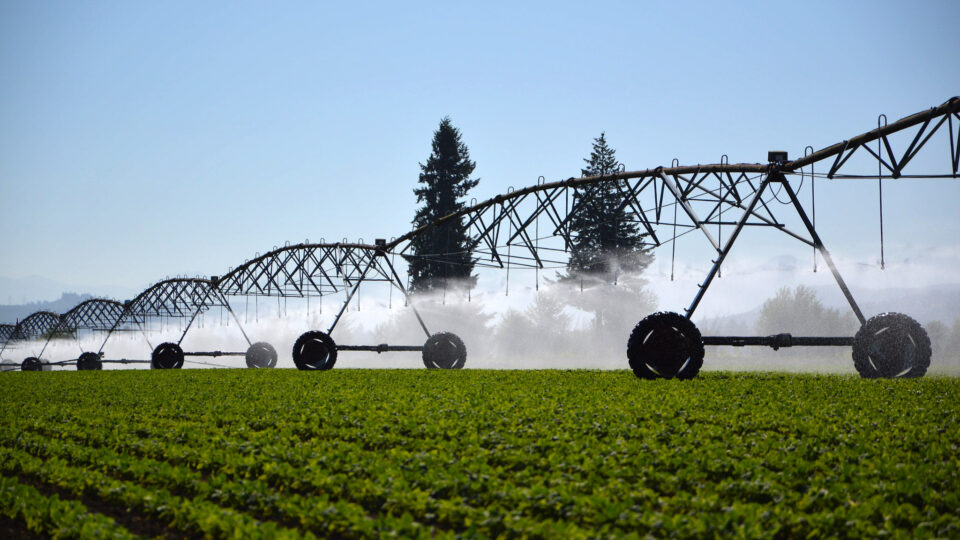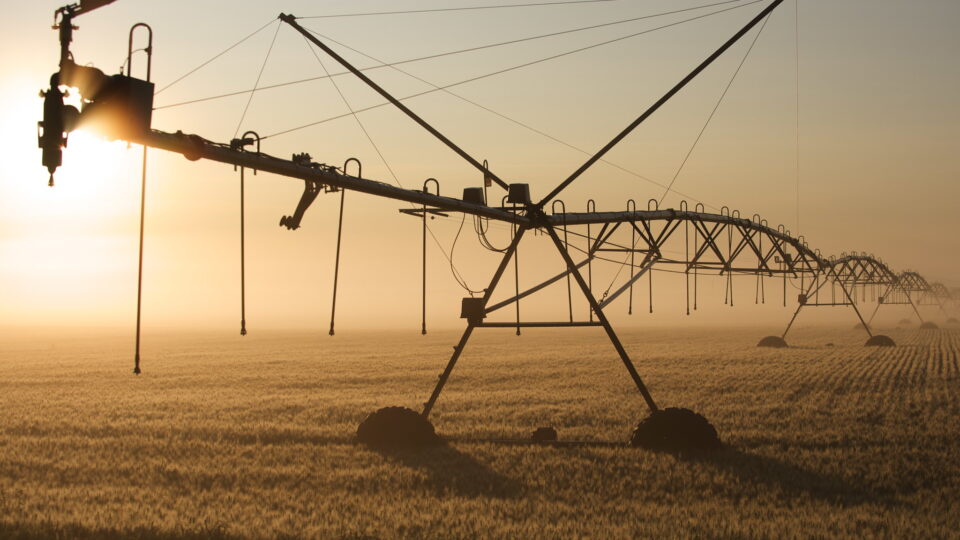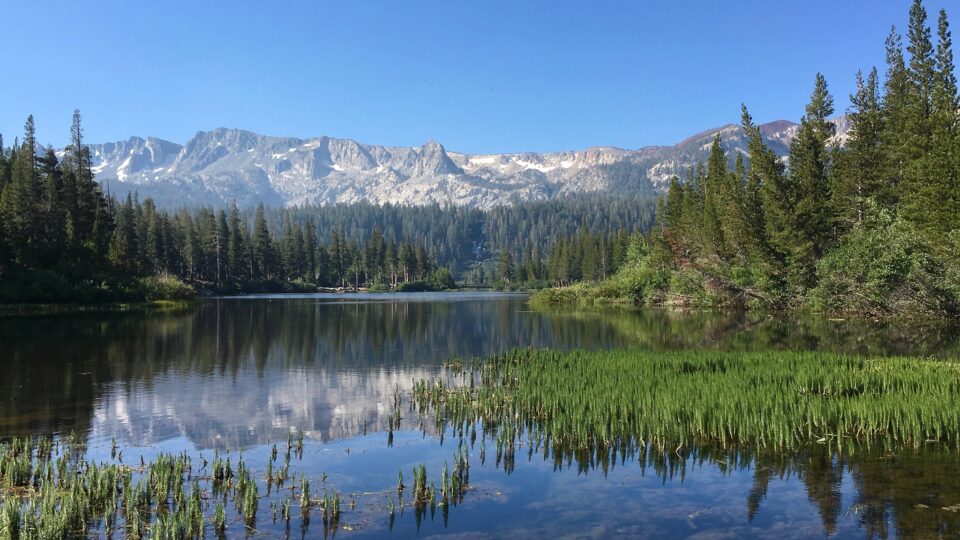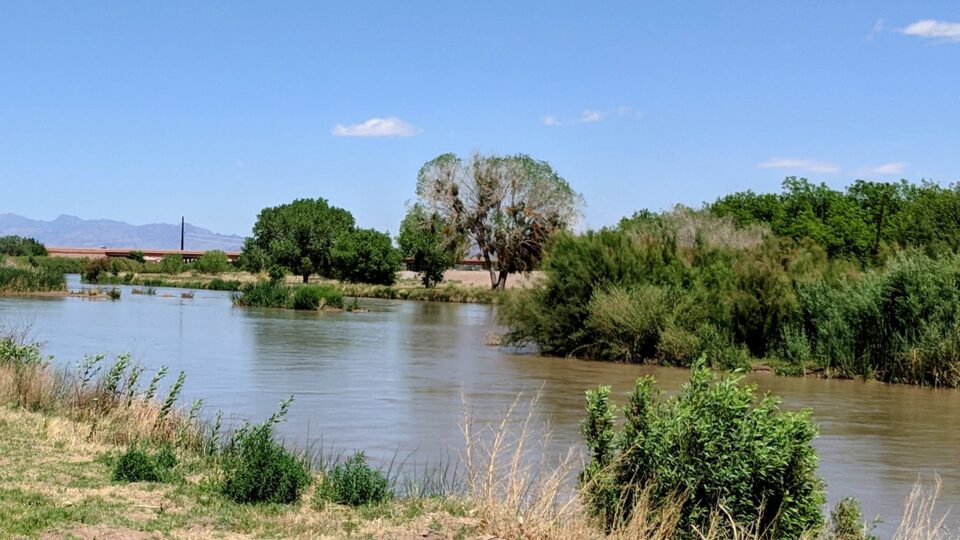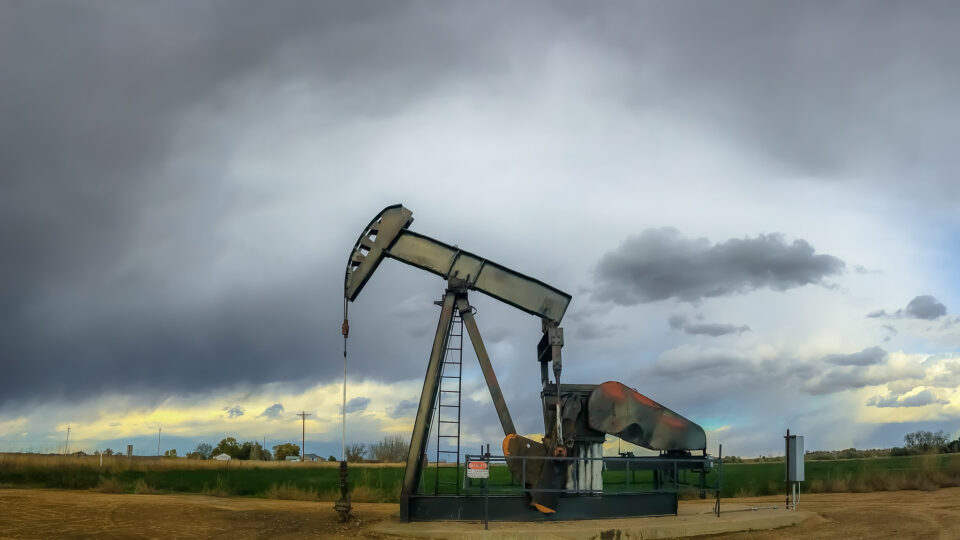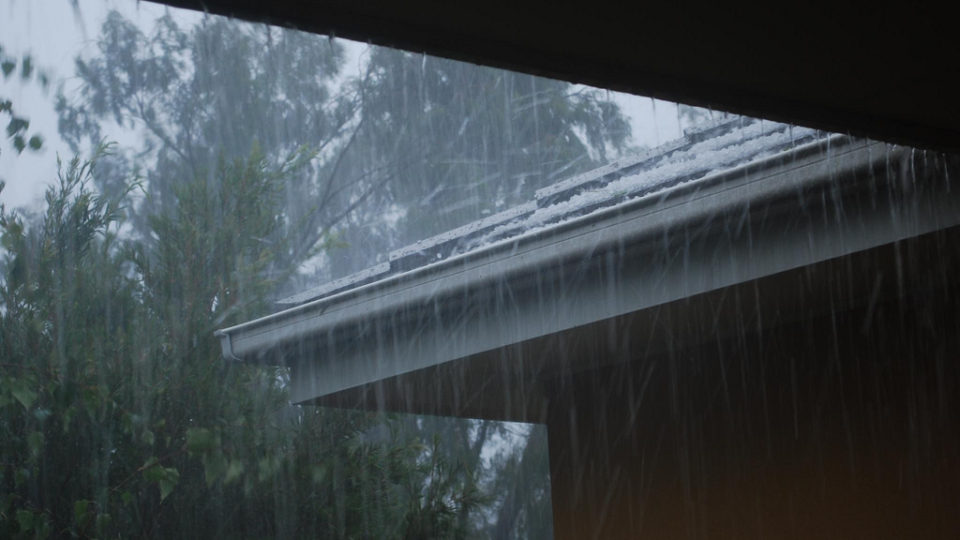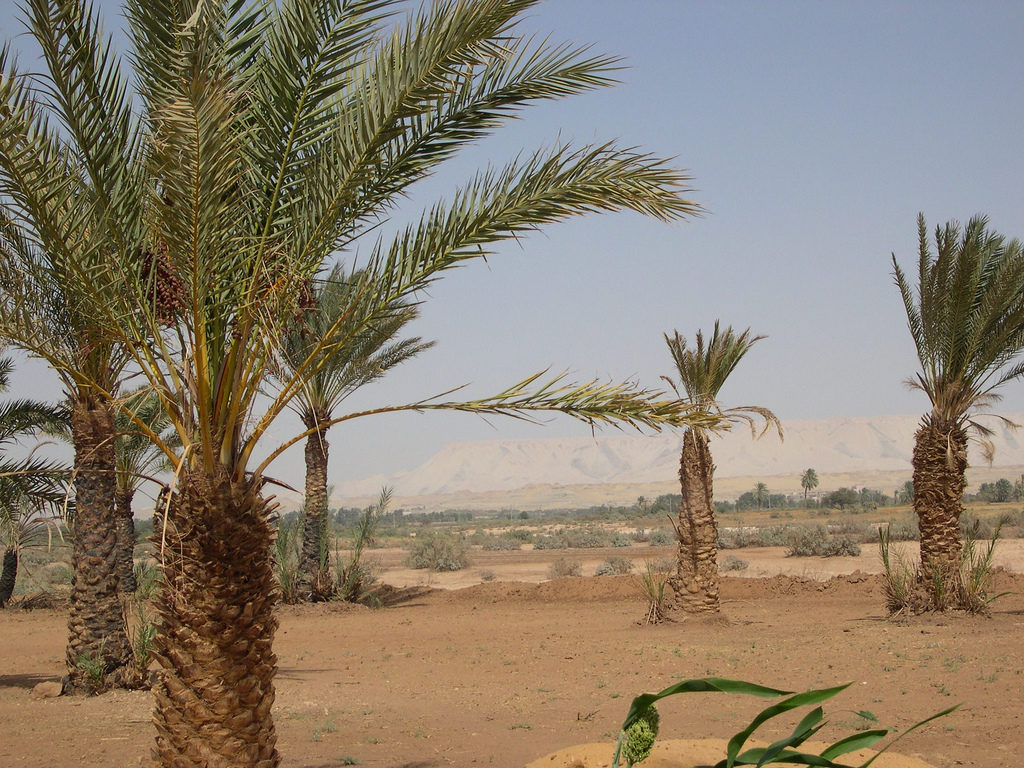During the first week of February, an atmospheric river dumped enormous amounts of rain on Southern California. Over the course of four days, Los Angeles received 9 inches of rain. The average annual rainfall in the city is only 14 inches.
But Los Angeles was not the site of a flooding disaster because the city has spent years preparing for this type of deluge by becoming a “sponge city.” By installing lots of green spaces and shallow basins with porous soil, Los Angeles was able to soak up 8.6 billion gallons of water during the storm, enough to meet the water needs of 100,000 people for a year.
Cities covered with impermeable concrete sidewalks and paved areas make storm-related flooding worse because they are unable to absorb water. Instead, the water flows into drains and overwhelms infrastructure.
Natural materials like dirt and plants take in water from storms and can filter it into underground aquifer that cities can then tap into, especially during droughts. Adding green spaces to cities has many other benefits beyond the ability to absorb large amounts of rainwater.
The so-called sponge-city movement is catching on in many other places. Philadelphia is revamping its water systems in a 25-year project that includes green spaces to absorb stormwater runoff. In China, the government has spent more than a decade adding spongy elements to dozens of cities around the country.
Sponge cities are part of a broader effort to combine modern engineering techniques with natural systems. This is known as green-gray infrastructure. Nature knows what it is doing when it comes to flood control as well as to pollution control.
**********
Web Links
‘Spongy’ LA Soaked Up Tons of Water From Atmospheric River
Photo, posted December 28, 2011, courtesy of Ron Reiring via Flickr.
Earth Wise is a production of WAMC Northeast Public Radio

